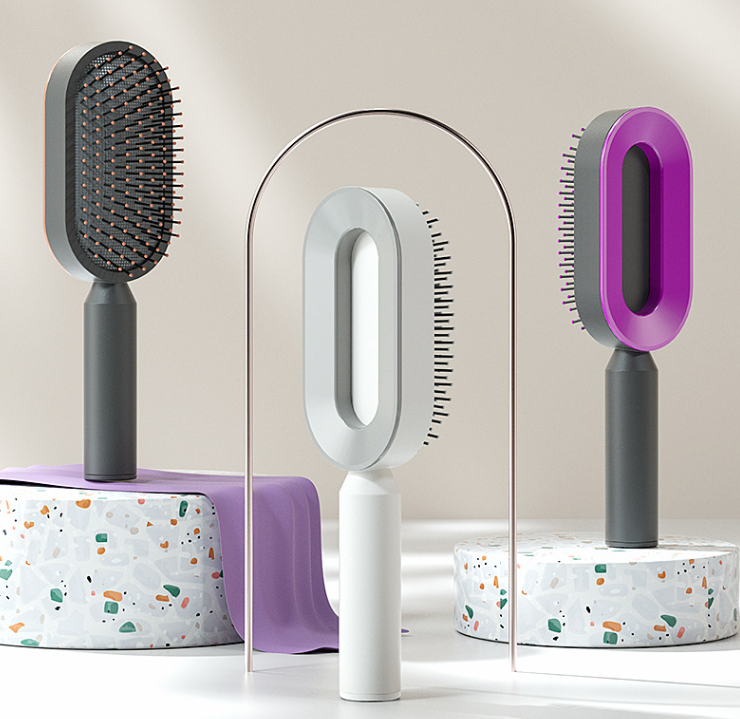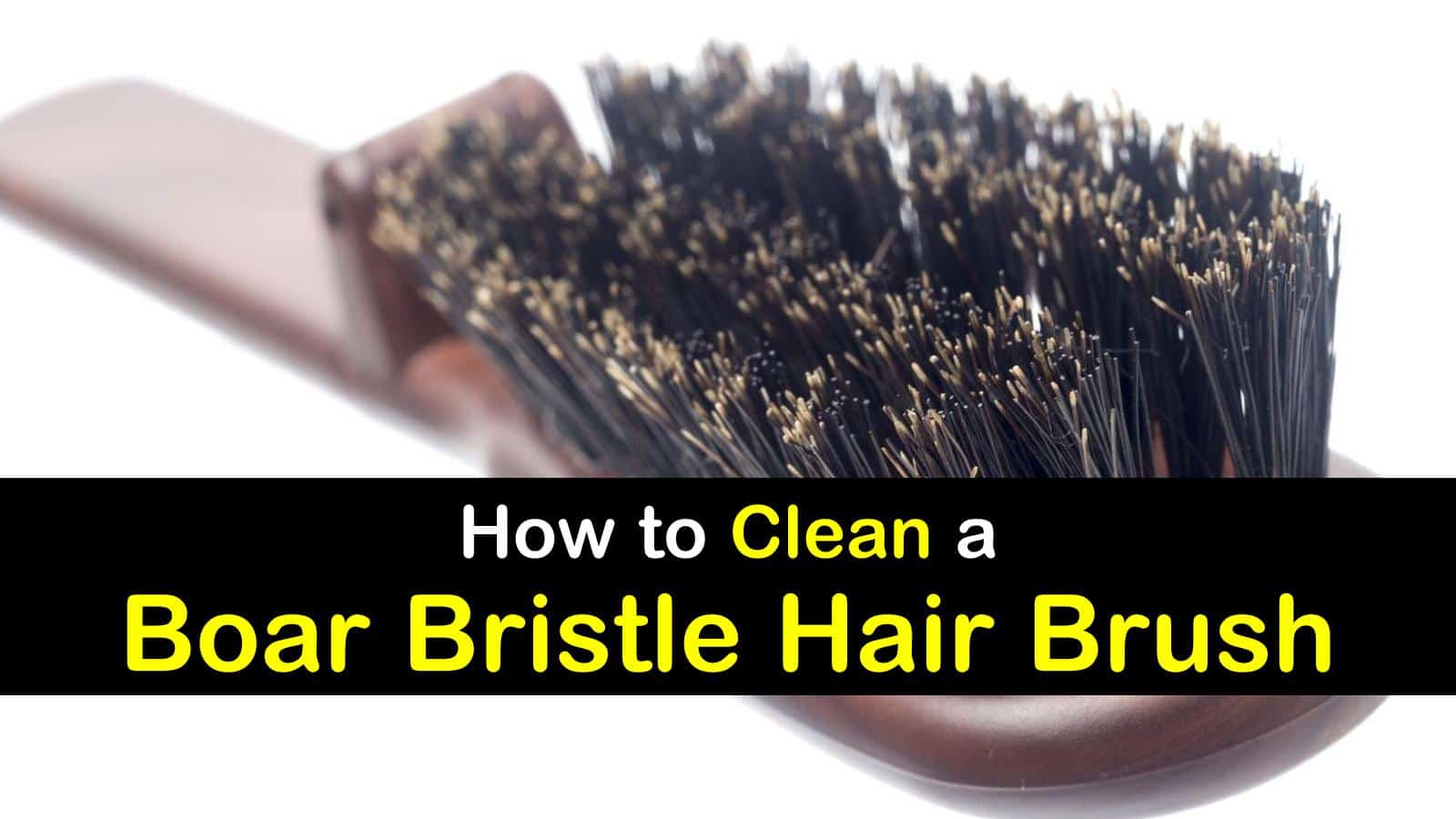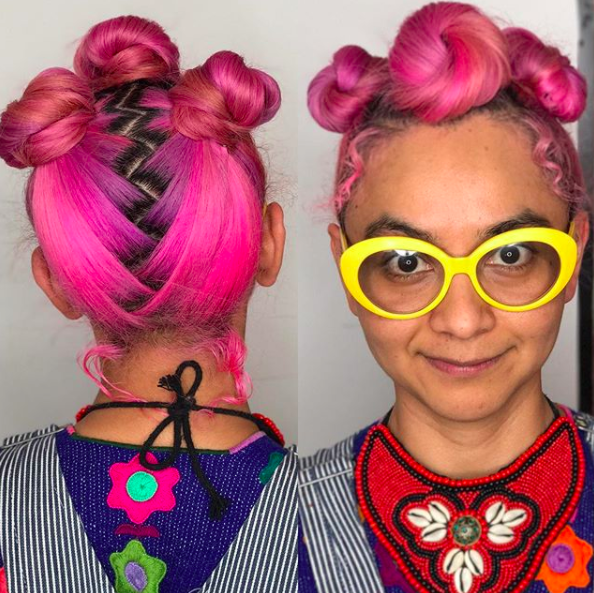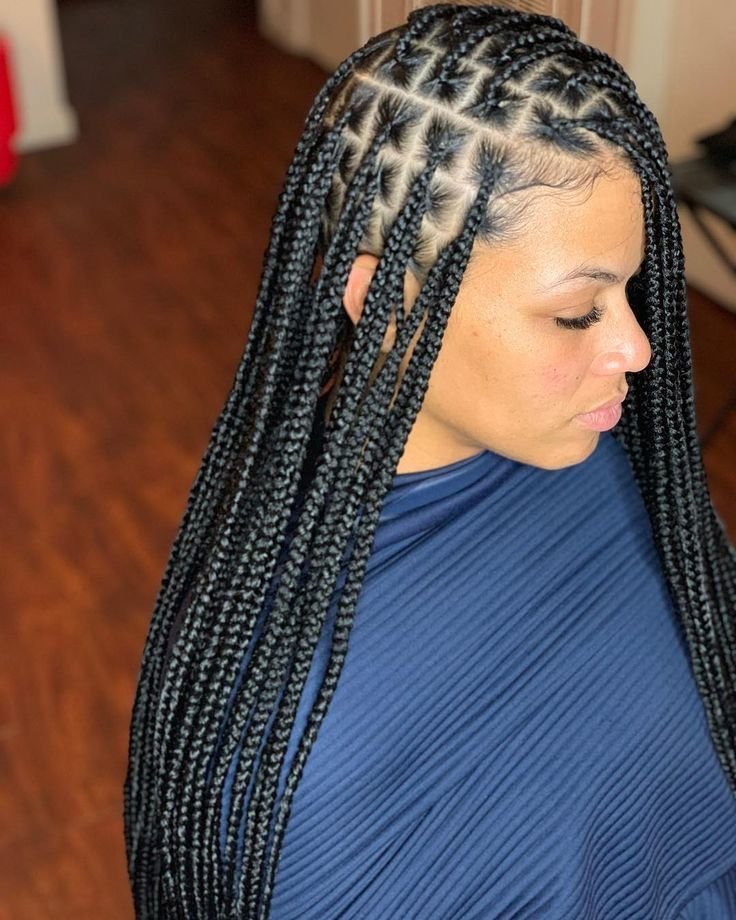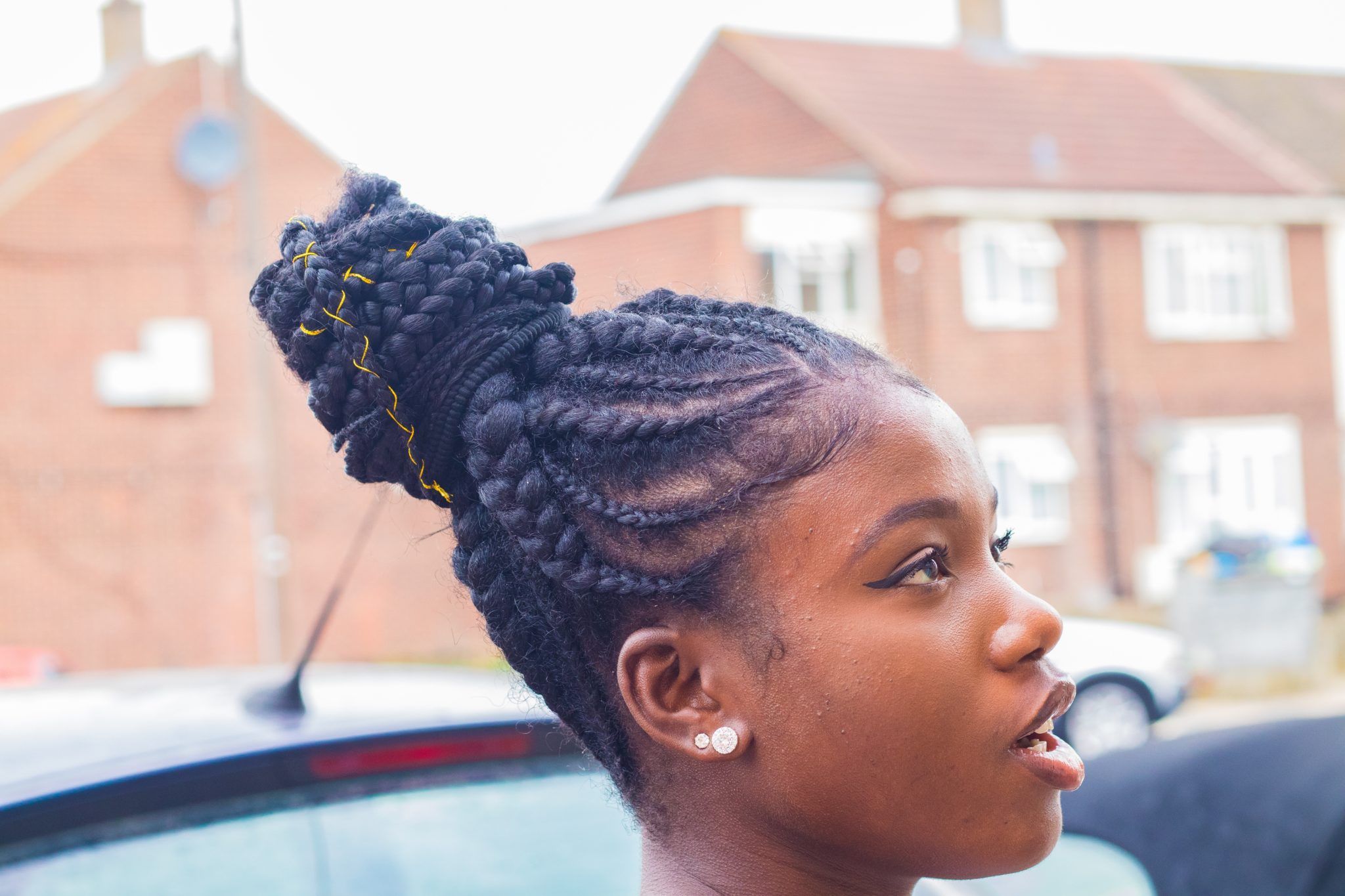Table Of Content

A good brush can last for years, but Aguirre says you'll know it's time to go shopping for a new hairbrush when the bristles are worn down, and the brush doesn't seem to get clean enough. A traditional favorite with backyard barbecuers everywhere, aluminum foil is an easy-peasy solution to your grill-cleaning needs. The best part about it is that foil can get into even the tiniest nooks and crannies. Use a set of tongs to hold the aluminum if you don't like your fingers being so close to the grates.
Brush Still Dirty? Try a Vinegar Deep Clean
How to clean your hairbrush with baking soda, shampoo and tree oil - USA TODAY
How to clean your hairbrush with baking soda, shampoo and tree oil.
Posted: Mon, 11 May 2020 07:00:00 GMT [source]
That way, you can get out there and enjoy the season with the people who matter to you most. However, Dr Deshmukh warns against excessive brushing, especially with improper technique or using the wrong type of brush, as it can lead to hair breakage and damage. It’s very easy to become attached to a favourite hairbrush, but sometimes a wash just isn’t enough to rescue it from the brink.
How to Clean a Wooden Comb
Though all the way on TikTok’s hair care corner of the buzzy app, there has been a significant rise in interest in the topic. With countless videos and tips on deep-cleaning your hair tools, there’s a collective 50 million views on relevant hashtags like #CleanHairBrushes and #HowToCleanHairBrush. The purpose of a hairbrush is to maintain your mane, so when the tool is dirty, it’s only doing your hair a disservice. A dirty brush can lead to more hair breakage, and the gunk can get attached to your clean locks, causing your scalp to feel itchier and be more dandruff-prone. And while it’s not great to use a dirty brush as it can assist with distributing sebum and bacteria, you shouldn’t be too concerned, says Beverly Hills hairstylist Jael. “It can impact us," says Jael, adding that it's nothing to stress out about.

Gross. Is it really all dead skin in there?
First, remove strands of hair tangled in the hairbrush by simply pulling them out with your hands. For tangled strands that are difficult to remove, use a pair of scissors to remove the tough strands. Ideally, you should be doing this once a week to prevent a matted build-up of hair. If your brush still looks dirty or feels waxy after it’s been given a good clean, then it could need replacing as this build-up will transfer on to your hair and scalp. “If the bristles or prongs on the brush are snapping off or damaged, or the body of the brush is flaking or cracking, it’s time to replace it,” says Anabel.
However, if you need a deeper clean, you might want to head to the pantry. As for the much-needed maintenance in between washing your collection of brushes? Faulk says that it’s important to make sure to clean any hair that has tangled in the bristles after every use, as the daily practice will help maintain the integrity of your brushes.
How to Clean Your Dirty Hairbrush
How often you clean your hairbrush can depend on your hair, hair type, & product use, says Haygood. “If you have fine hair that uses a lot of products for volumizing, you may get product buildup quicker therefore you need to clean your brush more often. Those with oily hair will need to clean their brush more often so as to not redeposit oil into clean hair.
Using a toothbrush or your fingers, scrub between the bristles and along the base of the brush. You might have to use your fingers to slide any particularly clingy gunk up individual bristles. Using your fingers, yank out the hair wrapped around the brush bristles. If the stuck hair is particularly dense or resistant to removal, you can try cutting through it using scissors. The pointy end of a comb works for Katharine Boss, a Los Angeles–based hairstylist and owner of the Freija Collective salon. You could also try using chopsticks, a pen, or any other pointy object.
Perfehair Boar Bristle Round Brush
For non-porous tools — like brushes with stainless steel or wet-hair detangling bristles — Faulk says that you can use warm, soapy water to clean them, allowing the tools to soak anywhere up to an hour. The overall sentiment on BeautyTok is that your favorite shampoo works best, with an emphasis that gently scrubbing every bit of your brush with your fingertips (or even a dedicated toothbrush) does the trick. Using brushes that are not clean can certainly lead to signs of an unhealthy scalp such as itching, burning, flaking, dry hair, excessive scalp oil, and even hair loss, according to Gaunitz. "If you have a plastic brush, simply remove access hair from the brush with your fingers," Dorsey says. "If you're using a boar bristle brush, the natural bristles tend to be packed tightly together. Because of that, it's easier to remove access hair with a comb or the pointed end of a comb."
Hertzko Pet Brush Review: Best Cat Brush of 2024 - Family Handyman
Hertzko Pet Brush Review: Best Cat Brush of 2024.
Posted: Fri, 23 Jun 2023 07:00:00 GMT [source]
What kind of hairbrush should you use?
Gaunitz advises cleaning your hairbrush at least once a month to remove buildup, fungus and bacteria and to help prevent unnecessary tugging. Add it to your list of bathroom necessities that should be cleaned or sanitized regularly, including toothbrushes, showerheads and the dirtiest items in your home. Gray fuzz in your hairbrush is totally normal (and only slightly gross).
Neglecting to clean your tools can also have impact on their longevity. “If you don’t properly clean your hairbrush, you can eventually damage the structure of the brush depending on what products you use on your hair and the material of the brush,” Faulk shares. In the same vein, a dirty hairbrush can result in experiencing greasy hair at the roots even faster than usual, which is never the goal. If you have a plastic-bristle brush, you can soak the brushes in the below solutions.
We know how heavy a hair dryer can be, so a lightweight brush with an ergonomic handle is key when creating tension with your hair without getting tired. This round brush is not only super light, but it also holds a blend of natural boar and heat-resistant carbon fiber. Depending on how you care for them, you should replace your hairbrush every six to 12 months for most brushes. However, top quality brushes that are more expensive can last for years with proper care and cleaning. While it may seem like a chore, knowing how to clean a hairbrush is simple and only takes a minute.
Many people don't realize that their hairbrush can be a breeding ground for bacteria and other unwanted organisms. This is because our scalps are full of natural oils and sweat, which can transfer to our hairbrush—and then onto our hair. In addition, old hair can build up on the bristles of the brush, making it more challenging to clean and causing it to smell bad.
In lieu of boar bristles, this tool is packed with varying lengths of synthetic bristles (some with ballpoint ends) to thoroughly detangle strands and massage the scalp. Choose a brush specifically designed for your hair type and needs. For example, use a wide-tooth comb for curly hair and a soft-bristle brush for fine hair. Opt for wooden comb over plastic brush to avoid static electricity induced frizziness. Finally, dip an old toothbrush into your soapy solution before gently scrubbing between the bristles of your hairbrush. Always start at the base of the bristle and work upward, then scrub the other edge of the brush to remove any buildup.
Plastic and rubber are tough materials, so dish soap, shampoo, and body wash are all fine to use. For brushes made with natural material (like wood or boar bristles), Boss suggested using a mild shampoo free of sulfates—like those from GM Reverie or Davines—which won’t break down the bristles. The first step to cleaning your brush, no matter what type you have, is removing the hair from the bristles. The easiest approach is to "simply use your fingers to pull the strands out of the bristles in one swift motion," says LeAna McKnight, founder of SL Raw Virgin Hair.
Pat the hairbrush with a dry cloth and place on a towel to air dry. According to Faulk, a hairbrush that goes unwashed for an extended period can house a whole lot bacteria, dust, and even a buildup of mold. Regularly brushing through damp, wet, dirty, and otherwise hair product-drenched hair has a tendency to transfer grime from your head to the brush in question, then back to your head once more, and so on.
For these reasons, it's important to clean your hairbrush regularly. Thankfully, there are many things you can clean with a toothbrush, and this is one of them. Using a toothbrush, scrub away the excess gunk on the base of the hairbrush.




